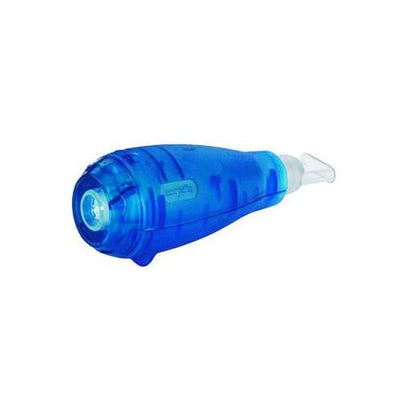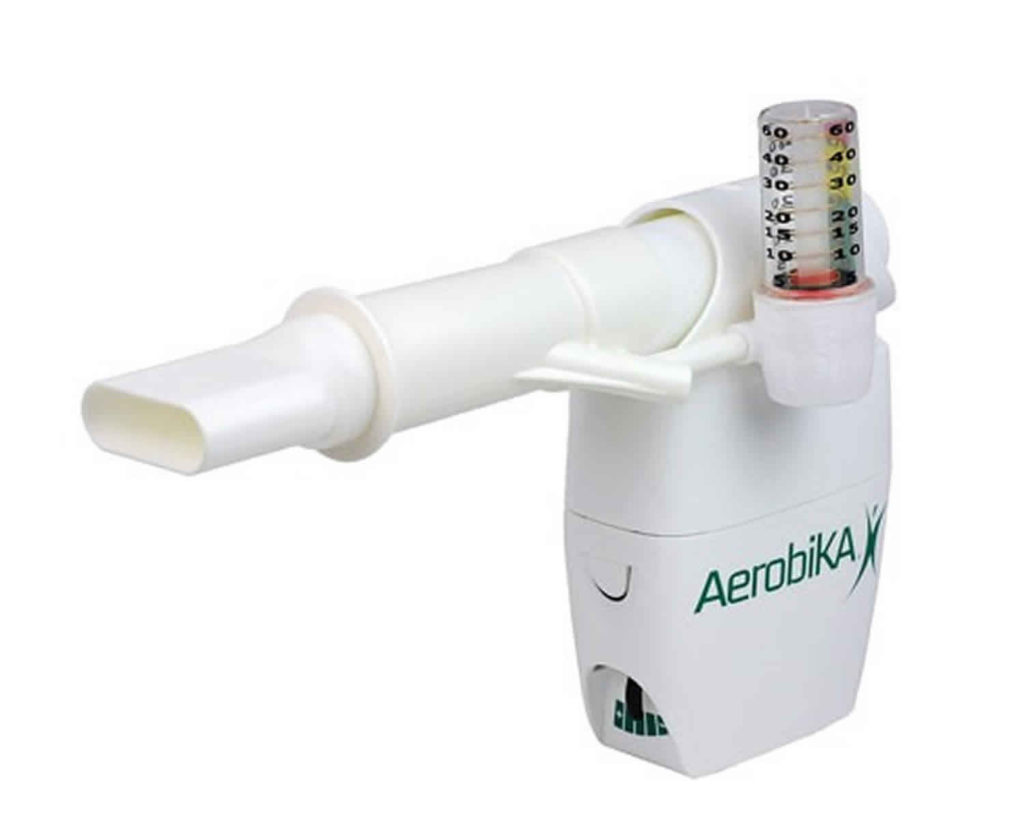

- ACAPELLA FLUTTER VALVE CLEANING HOW TO
- ACAPELLA FLUTTER VALVE CLEANING MANUAL
- ACAPELLA FLUTTER VALVE CLEANING TRIAL
These techniques can be used on their own or in tandem with one of the various devices to make the treatment even more effective. However, before we get to those, let’s talk about some of the techniques you can do on your own and without spending a penny.
ACAPELLA FLUTTER VALVE CLEANING MANUAL
There are also manual chest therapy techniques that require a second person to assist you.

When it comes to the techniques themselves, you have many options available to you, including the many devices on the market such as positive expiratory pressure (PEP) devices, oscillating PEP devices, valves that alter sound wave frequencies, and vests, among others. Starting somewhere and doing something is always better than doing nothing!
ACAPELLA FLUTTER VALVE CLEANING TRIAL
For that reason, it will often take some trial and error to figure out what will work best for you, but at some point, you have to take the first step.

When it comes to airway clearance techniques, patients often ask, “which method works the best?” and the answer is always the same: “it depends on the individual.” Every person is at least slightly different with respect to his or her anatomy and physiology, disease process and progression, level of conditioning, lifestyle, etcetera, and etcetera. This delicate transport system can also be affected by other factors like scar tissue or paralyzed cilia (from cigarette smoking or exposure to environmental toxins), temperature, and humidity. At this point, we lose the wave action of the cilia, and the sluggish goblet cells take over the swamp. In addition, goblet cells from the lower layers can break through to the upper layer, overpowering the ciliated epithelial cells. In response, the goblet cells start overproducing mucus to help fight whatever irritant or foreign invader may be present. Just like the ecosystem of a swamp, any alien intruder or other irritant can throw this well-coordinated system out of balance. This process automatically takes place every second of every day, whether we have a pulmonary condition or not. In addition, to swallowing or expectorating, some smaller particles of mucus are expelled as vapor when we exhale. If it is swallowed, the stomach acids destroy any organisms that may be living in the mucus. This wave-like motion pushes the mucus up through the airways, millimeter by millimeter to the throat, where it is either swallowed or expectorated (coughed out). Under all of that, we have clear, crisp water in which our cilia (swamp plants) move back and forth in a wave-like motion. That’s the stuff that traps debris which I like to picture as bugs in the swamp that are stuck to the top scummy layer. The cilia float in a thin mucous fluid that is slightly thicker than water and a thick layer of mucus that rests on top of the cilia. This is where I start to draw a picture in my mind of a swamp. Scattered throughout the epithelial cells are mucus-producing goblet cells. These cells are loosely square-shaped and have thousands of cilia. The airways leading into the lungs are lined with epithelial cells that protect the airways and lungs. This filtration system is called the “ mucociliary escalator,” or “ mucociliary transport system.” Our airways and lungs perform a similar filtration process as air passes through them. There are also tiny hair-like structures called cilia that help move the air and mucus through the sinus cavity to prepare it for its journey into the lungs, the GI tract or to be expectorated. The mucous (different than mucus) tissues or membranes that line the nasal cavity have a sticky surface that helps trap debris, like flypaper. If you are a mouth breather, the respiratory tissues will have to handle the job on their own, further down the respiratory tract. When we breathe in through the nose, the air goes through its first warming, filtering, and humidifying process. Congratulations! You have just inhaled a small sample of the many thousands of tiny organisms and a varied array of particulate matter that we breathe in each and every day.
ACAPELLA FLUTTER VALVE CLEANING HOW TO
In fact, if Lady Macbeth were a chest physiotherapist, she may well have been known for another quote: “Out, damned snot!” Before we discuss how to minimize and mobilize the secretions (mucus) that may accumulate in your airways as a result of your disease, it will be helpful for you to have a basic knowledge of what mucus actually is and what mucus actually does. It is one of the many defense mechanisms in our body’s arsenal that protect us against infection and other un-pleasantries. Written with gratitude to my Co-Author, Marion Mackles, BS, PT, LMTĮveryone has mucus.


 0 kommentar(er)
0 kommentar(er)
